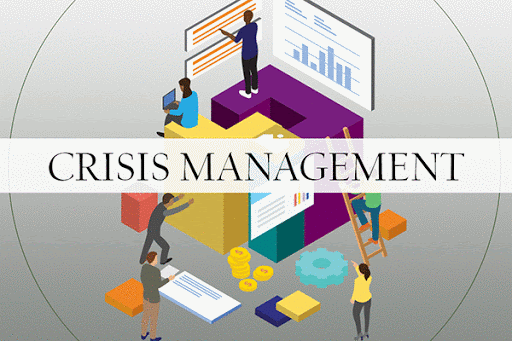Best Wishes for Success

Welcome back! Last week we discussed how strategic communication professionals and others alike could measure success. As often noted, this blog’s reoccurring theme has been about communication. We have discussed many topics related to strategic communications this last term however, I would like to highlight the ones I found most important for success. The topics include interpersonal influence, effective communication through leadership, and vision. Interpersonal communication is something we do daily, and which has a great influence over us. When we communicate with someone who is close to us, we have the chance to influence them. Through social media platforms, word of mouth marketing is a great tool to use for influencing others. Think back to the example about the home-based businesses. We are much more willing to purchase something based on the opinion of those we know versus those we do not. Therefore, organizations can succeed by engaging and working with a...




